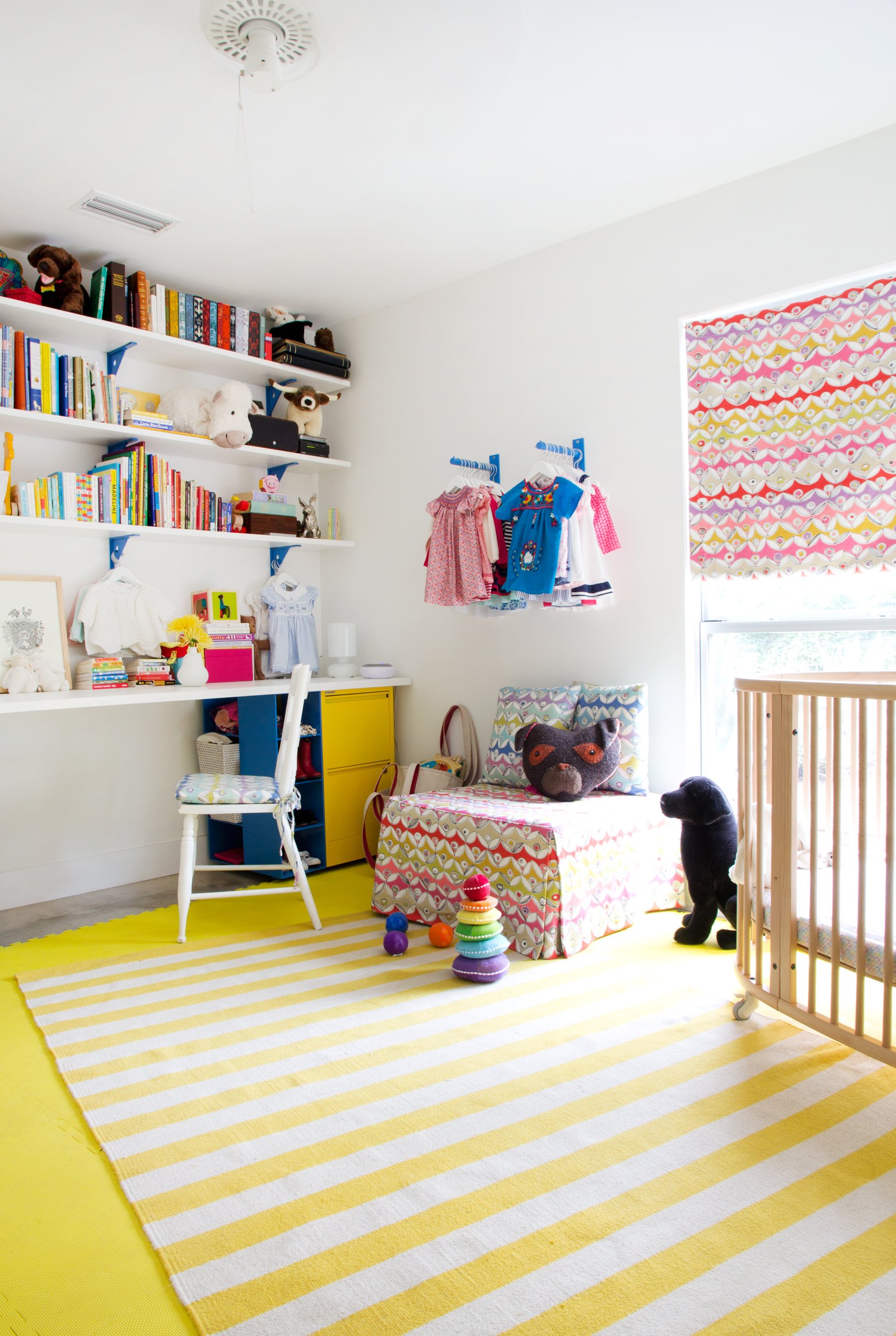A child’s room isn’t just a place to sleep — it’s a space for learning, playing, imagining, and growing. But when clutter builds up or organization systems are too complex, the room can become chaotic, overwhelming, or underused. Creating a functional and child-friendly room doesn’t have to be expensive or complicated — it just takes thoughtful planning and a focus on simplicity.
This article shares practical, non-medical strategies to organize your child’s room in a way that supports their independence, creativity, and sense of calm.
Why Organization Matters in a Child’s Room
An organized space helps children:
- Feel calm, safe, and focused
- Learn responsibility and care for their belongings
- Develop independence through accessible systems
- Enjoy playtime without distractions or frustration
- Sleep better in a peaceful environment
A well-organized room gives your child a sense of control and ownership.
1. Involve Your Child in the Process
When kids help organize, they’re more likely to maintain the space.
Try:
- Asking what toys or items they love most
- Letting them choose where certain things go
- Creating labels or drawings together for bins
This builds pride and accountability.
2. Keep Storage Simple and Accessible
Kids won’t use complicated systems.
Tips:
- Use open bins or baskets at child-height
- Choose clear containers so items are easy to spot
- Use drawer dividers to keep clothes or art supplies tidy
- Label containers with pictures or words for easy identification
Simple systems = lasting results.
3. Divide the Room into Functional Zones
Different areas help kids understand purpose and routine.
Create zones for:
- Sleeping (bed, nightlight, comfort items)
- Playing (toys, open floor space, low shelves)
- Reading (small shelf, cozy seat, soft lighting)
- Clothing and dressing (accessible wardrobe or dresser)
This setup encourages independence and reduces clutter.
4. Rotate Toys to Reduce Clutter and Refresh Interest
Too many toys at once can overwhelm a child.
Try:
- Keeping a few toys out and storing the rest in bins
- Rotating every few weeks for variety
- Presenting “old” toys as exciting rediscoveries
Less is often more when it comes to creativity and focus.
5. Use Vertical Space Wisely
Free up floor space while adding storage.
Ideas:
- Wall-mounted bookshelves or racks
- Hanging baskets or organizers
- Hooks for hats, bags, or dress-up clothes
Vertical storage keeps things off the ground without losing access.
6. Make the Bed Easy to Use
Complex bedding = messy bed.
Use:
- Simple bedding that’s easy for your child to manage
- A low bed or floor mattress for younger kids
- A routine that includes making the bed together
A tidy bed sets the tone for a tidy room.
7. Label Everything — Visually
Labels help kids take responsibility.
Use:
- Picture labels for younger children
- Words + images for early readers
- Bright, fun designs that invite interaction
This turns clean-up into a matching game rather than a guessing game.
8. Use Multi-Functional Furniture
Save space and add purpose.
Examples:
- A bed with drawers underneath
- A bench that doubles as toy storage
- A bookshelf that includes a built-in seat
Every piece should have more than one use, if possible.
9. Minimize Excess — Donate Regularly
Teach your child about giving and keeping only what they use.
Try:
- A monthly “donation box” they help fill
- Explaining how their toys can bring joy to others
- Choosing together which clothes no longer fit
This also helps keep the room manageable.
10. Build Clean-Up into the Daily Routine
Simplicity and consistency matter.
Examples:
- 5-minute tidy-up before bedtime
- A clean-up song or timer
- Making clean-up a game: “Let’s see who can clean up the most blocks!”
Daily habits prevent overwhelm.
Final Thoughts: A Room That Works for Your Child
A functional, organized space helps children feel secure, inspired, and confident. When organization systems match your child’s age and abilities, they’re more likely to use and maintain them — and enjoy their space more fully.
The goal isn’t a perfect room — it’s a room that supports your child’s needs, growth, and joy. 🧺🛏️🧸
